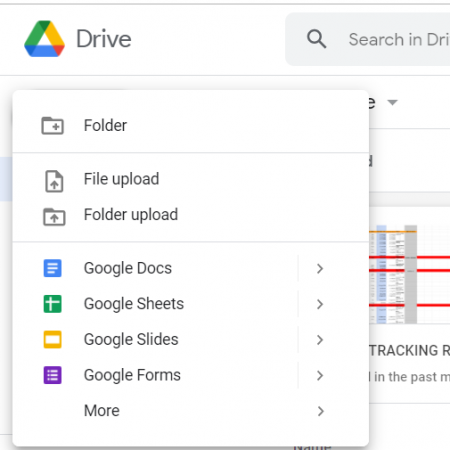5 Simple Steps to Convert Excel to Google Sheets

Converting an Excel spreadsheet to Google Sheets is a common task for those looking to enhance collaboration, accessibility, and ease of use. Google Sheets provides a powerful online environment where multiple users can work on a document simultaneously, making it an ideal tool for teamwork. Here are five straightforward steps to migrate your data from Microsoft Excel to Google Sheets, ensuring you retain all your valuable data and formulas in the process.
Step 1: Upload Your Excel File to Google Drive

The first step in converting an Excel document to Google Sheets involves uploading your Excel file to Google Drive. Here’s how to do it:
- Navigate to Google Drive.
- Click on the “New” button on the left side of the screen.
- Select “File upload” from the dropdown menu.
- Locate and select your Excel (.xlsx or .xls) file from your local storage.
- After uploading, right-click on the file, go to “Open with”, and choose “Google Sheets”.
Step 2: Review Your Data in Google Sheets

Once your file has been uploaded and opened with Google Sheets, it’s time to review:
- Check if all data, formulas, and formatting have been accurately transferred.
- Examine any charts or graphs to ensure they are displayed correctly.
- Look for any differences in functionality or features, especially if you’ve used complex Excel-specific functions.
Step 3: Save Your File as a Google Sheets Document

To save your file as a Google Sheets document, follow these steps:
- When you open the Excel file in Google Sheets, it automatically creates a new Google Sheets document in your Google Drive.
- If you’re happy with how the data looks, simply close the tab or window, and Google Sheets will save it automatically.
- For manual saving, click “File” > “Save as Google Sheets” to ensure all changes are committed.
Step 4: Share and Collaborate

Google Sheets is designed for collaboration, so:
- Click the “Share” button in the top-right corner to invite others to work on your document.
- Set permissions for collaborators, deciding whether they can edit, comment, or only view the document.
- You can send a link via email or share the document publicly, based on your sharing settings.
Step 5: Synchronize or Remove the Original Excel File

Now that your data is in Google Sheets, consider:
- If you need to keep both versions synchronized, consider connecting Google Drive to your computer so changes can be reflected in both files.
- If not, you might want to delete the original Excel file from Google Drive to avoid confusion.
💡 Note: If your Excel file contains VBA macros or complex Excel-specific functions, you might need to manually recreate them in Google Sheets using Google Apps Script.
In this modern digital era, migrating your spreadsheets from Excel to Google Sheets not only improves collaboration but also offers you the benefit of cloud-based accessibility. The steps outlined above ensure a seamless transition while keeping your data intact. Moving forward, you can take advantage of Google Sheets' features like real-time collaboration, automatic syncing, and easy sharing, enhancing your productivity and team coordination.
Will I lose data when converting from Excel to Google Sheets?

+
Generally, basic data, formulas, and most formatting are preserved, but some complex functions or Excel-specific features might need adjustment.
Can I convert back from Google Sheets to Excel?

+
Yes, you can download your Google Sheets document in Excel format from the File menu by selecting “Download as” and choosing the Excel option.
What about macros and scripts when converting?

+
Excel macros (VBA) are not compatible with Google Sheets. You would need to recreate the functionality using Google Apps Script.
Is there a limit on file size for conversion?

+
Google Sheets has a limit of 5 million cells per spreadsheet, so ensure your Excel file does not exceed this cell limit.
How do I handle real-time collaboration?

+
Google Sheets offers real-time collaboration out of the box. Just share the document and set the desired permissions for each collaborator.